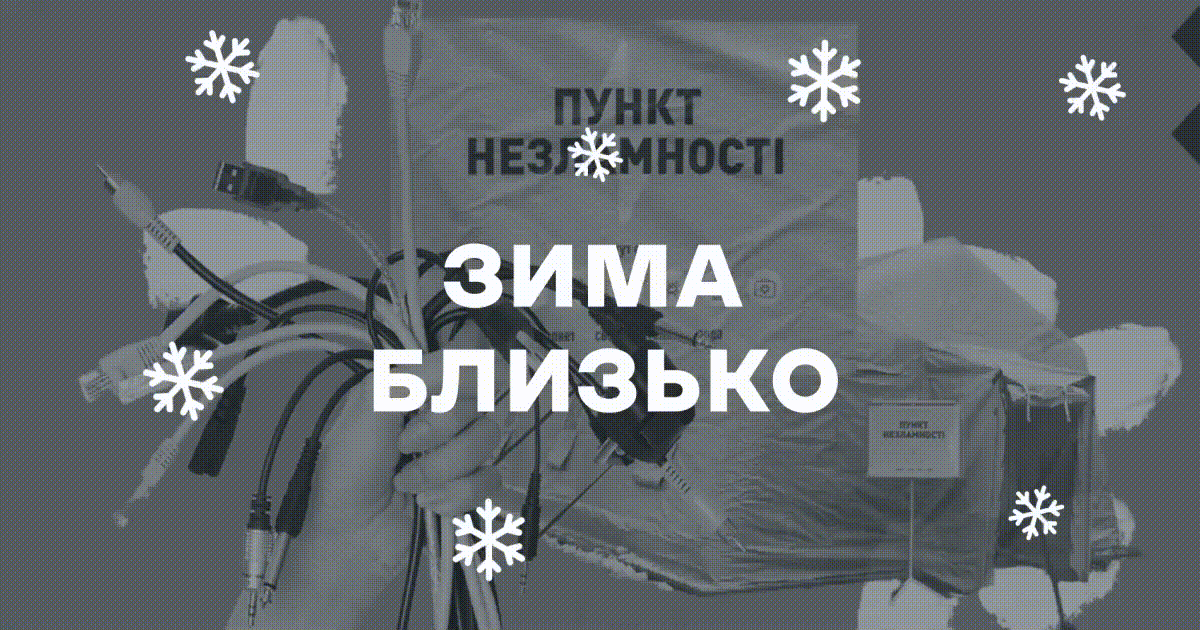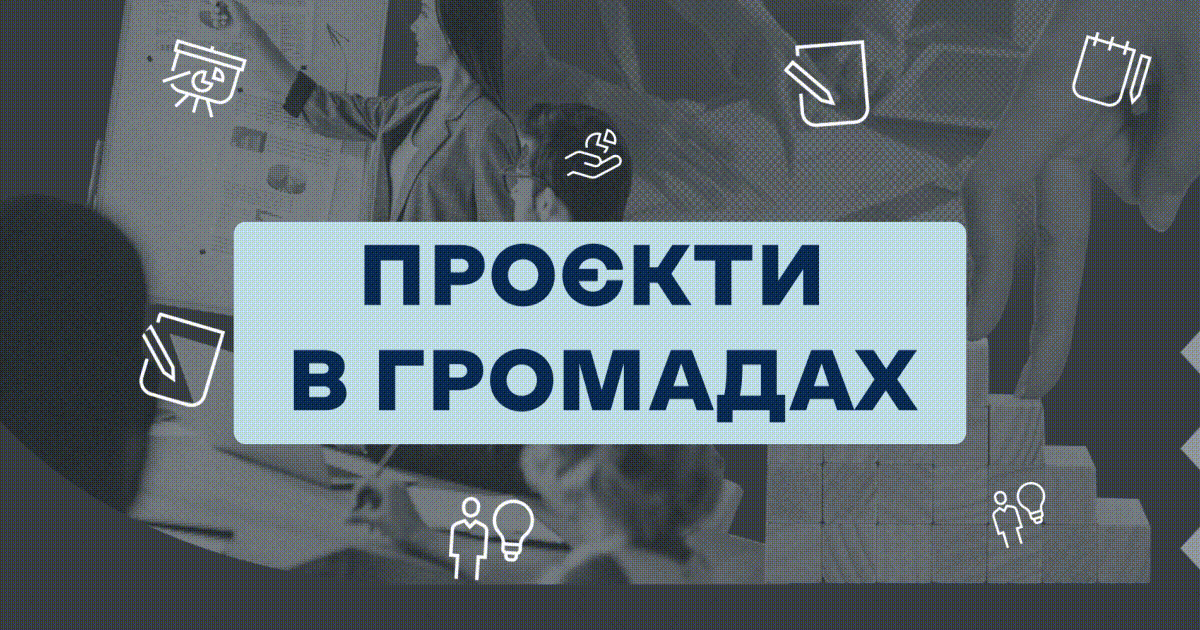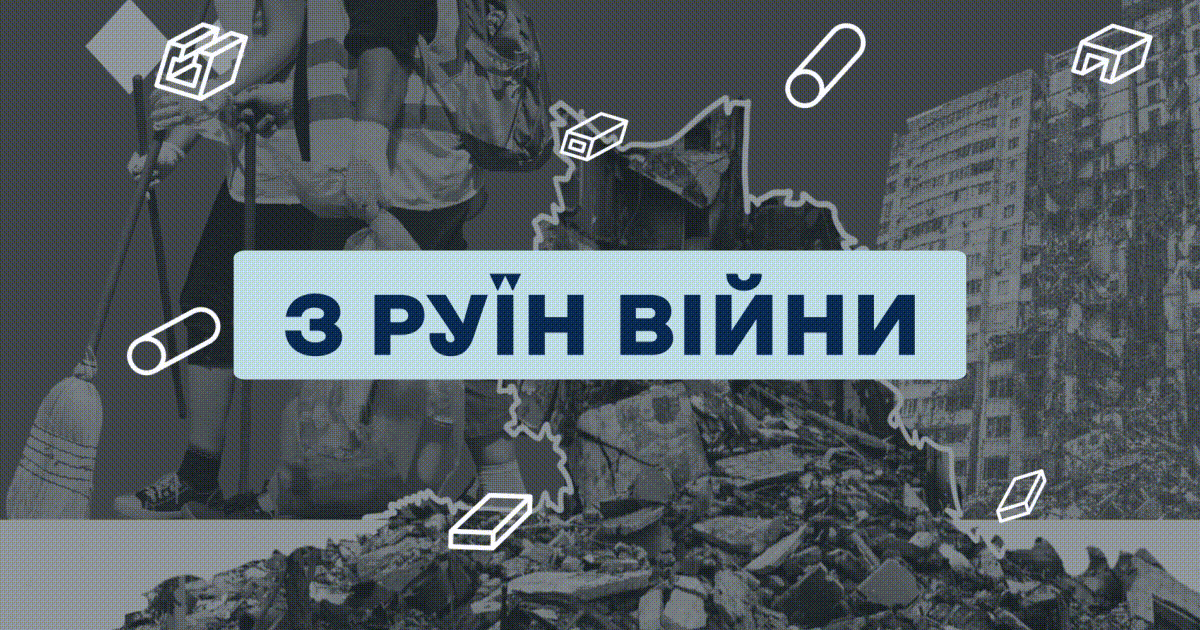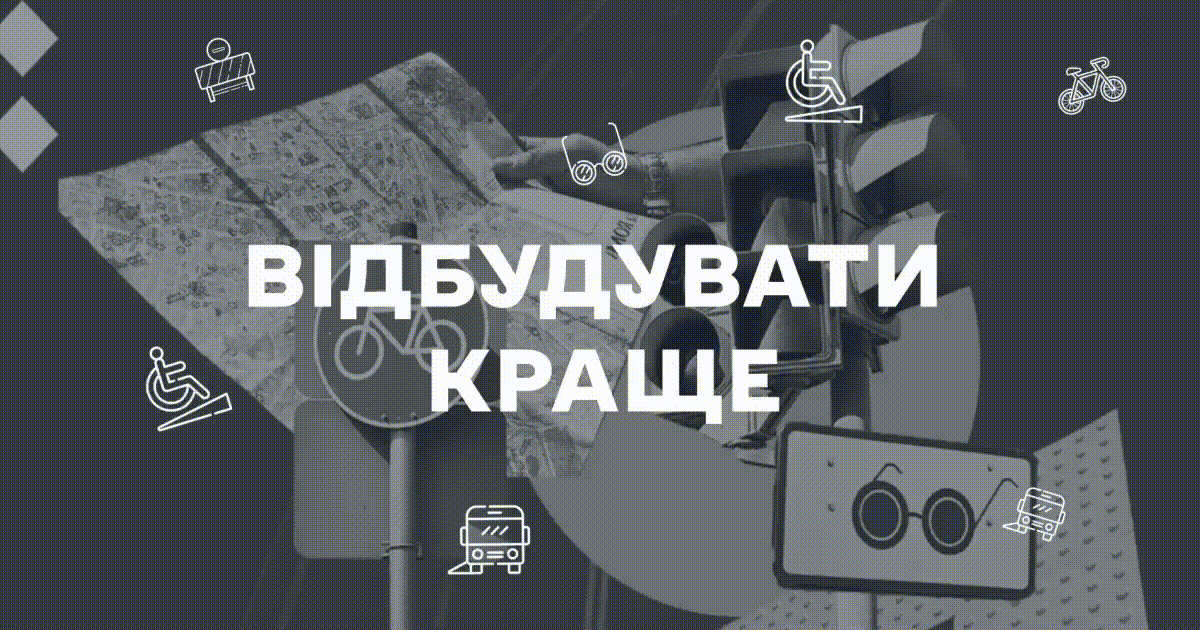
What is the problem?
The total amount of direct documented damage to Ukraine's infrastructure due to a full-scale Russian invasion was estimated at $150.5 billion as of June 2023. This number is increasing every day. Most of that damage ($36.6 billion) is in transportation infrastructure — destroyed bridges, roads, railroads, airports, ports, buses and other transportation, fuel, and more.
The unheard-of scale of destruction became a critical test of communities' capacity: the territories in the combat zone were faced with the destruction of transport and the destruction of the road surface, and evacuation had to be carried out under conditions of shelling. Communities in the rear received an unprecedentedly large number of new residents, and sometimes their population grew by more than 10%. All these people should have access to medical, educational, financial, and administrative services inside and outside the community.
With each passing day of the war, there are more and more Ukrainians who have suffered physical injuries and temporarily or permanently passed into the category of low-mobility population. Such citizens need real inclusion that involves mobility.
Implementing complex changes in the mobility infrastructure during the war is another test of the capacity of local managers.
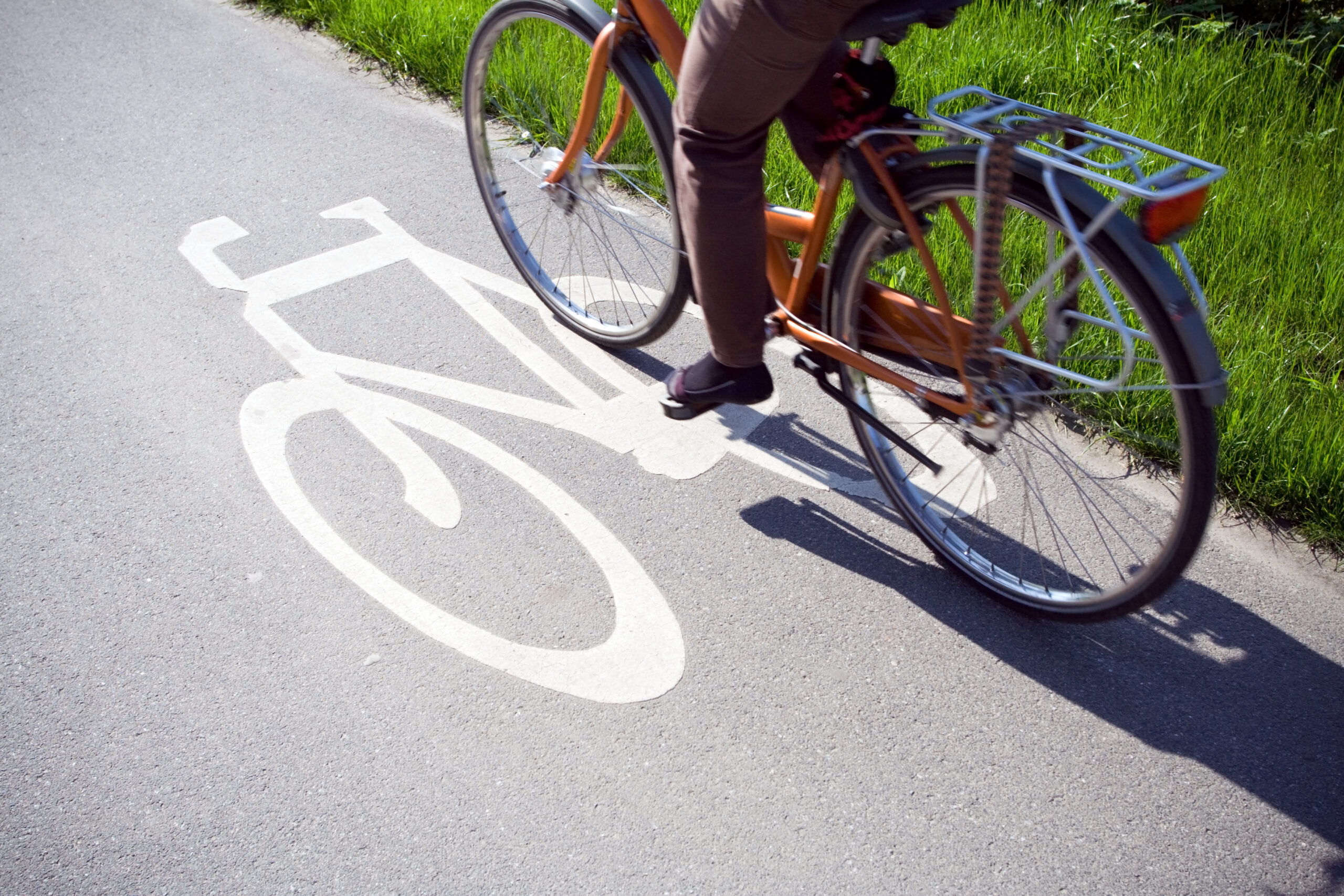
What is the solution?
Build back better — according to this formula, with the agreement of the government of Ukraine and the world community, Ukraine's reconstruction should take place.
This means the infrastructure must be rebuilt according to new principles, more efficient, high-quality, and durable.
People will return to places with work, so community managers must make it possible for residents to get to that work.
How should community managers and transport specialists plan such reconstruction, and where to find resources? The manual "Sustainable mobility in communities: recommendations for recovery" prepared by specialists of the U-LEAD with Europe Program will be useful in the search for solutions.
Specialists focused on communities with a population of up to 50,000 people, including liberated and rear areas, which provided shelter to forcibly displaced people. The manual offers a step-by-step algorithm for finding the best solution for restoring mobility.
What is sustainable mobility?
The 2016 UN High-Level Advisory Group on Sustainable Transport gave the following definition:
Sustainable mobility is the provision of services and infrastructure for the movement of people and goods that enhances the economic and social development of current and future generations in a safe, physically and economically accessible, efficient, and resilient way while minimizing carbon and other emissions and environmental impacts.
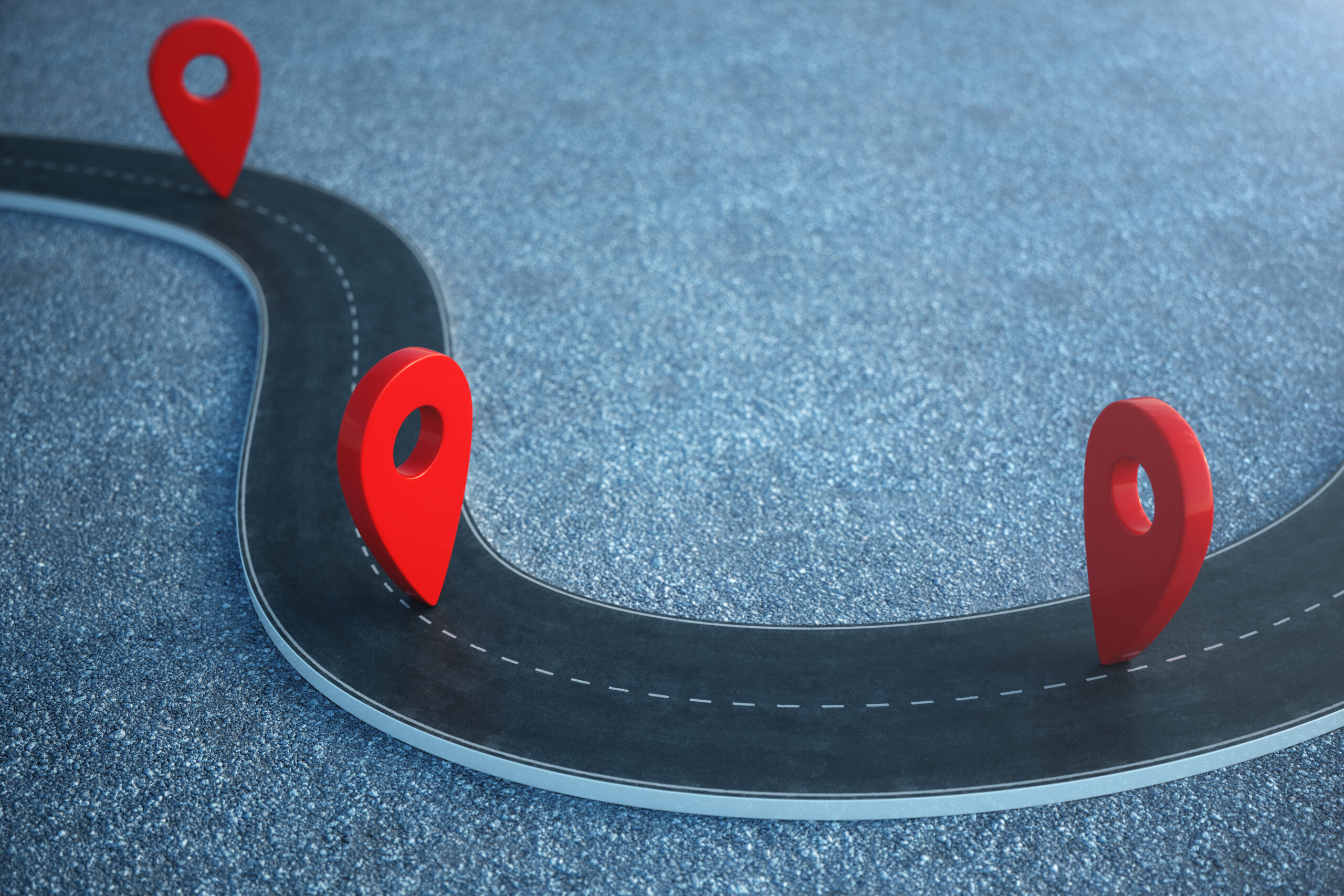
How does it work?
TIP 1.
Five principles of restoring mobility
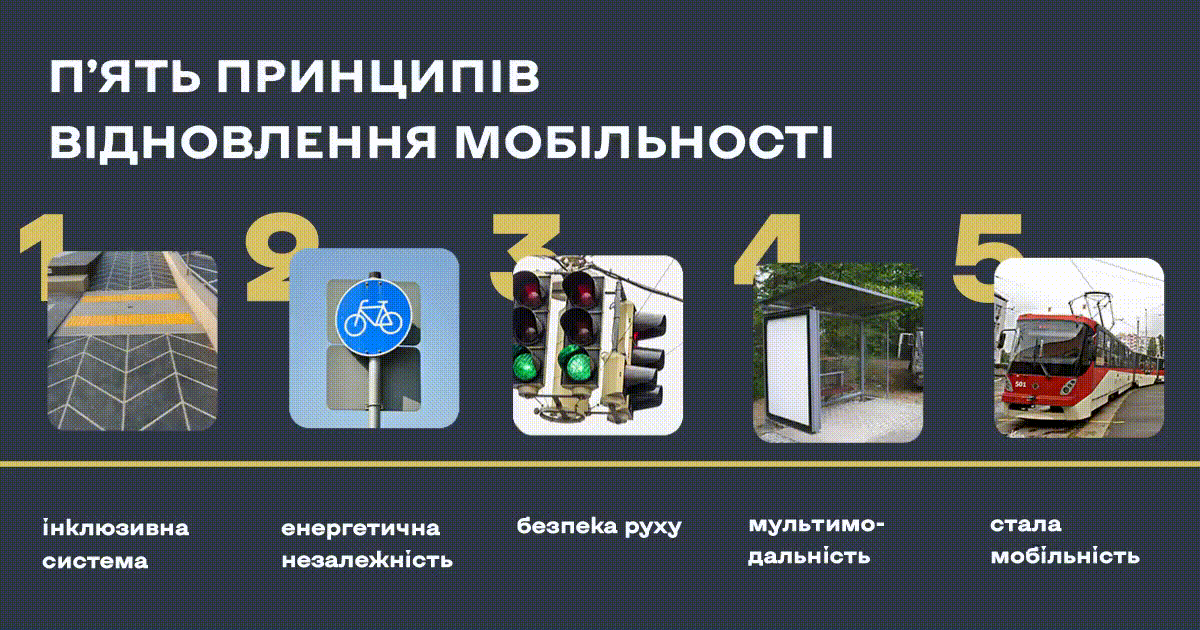
When developing projects to restore mobility in the community, it is necessary to:
1. Plan for an inclusive system
Create mobility conditions that enable people on crutches and wheelchairs to lead full lives on par with those fortunate enough to avoid injury.
2. Strive for energy independence
Pay more attention to developing pedestrian and bicycle traffic and electric transport.
3. Prioritize traffic safety
It is better to slow down transit traffic, for example, with a traffic light, than to put the community's residents at risk.
4. Create multimodal systems — combine different modes of transportation for greater efficiency
For example, build a high-quality pedestrian and bicycle path from a village not served by a bus to the bus stop — secure bike parking at the stop itself. Then you will have more passengers with fewer bus routes.
5. Build sustainable mobility
For this, your transport projects must simultaneously meet three criteria of sustainable development:
- be cost-effective,
- prioritize the least protected residents — the poorest, those with limited mobility,
- minimal impact on the environment.

TIP 2.
Define the mobility system recovery scenario
To do this, use the following algorithm:
1. identify what key changes have occurred in your community and what challenges have arisen as a result:
- whether the streets, roads, bridges, rolling stock endured, and
- how many people remain and where they live, how many and where they can still return, how many IDPs appeared on your territory and where they settled;
2. look at these challenges from the perspective of different groups of users: the population of working age, children, community guests;
3. examine the community's planning framework to understand where residents need to travel from and to;
4. look at different modes of transportation and select options for each user group that will meet their needs.
TIP 3. Determine where people need to move from and to
How to work with the planning structure of the community
The planning structure of a community is how settlements are located relative to each other.
The main points of attraction are the community center, major employers, and bus and train stations. First, it is necessary to ensure high-quality transport connections between settlements and these centers of gravity.
The planning structure defines the main scenarios for laying public transport routes and combinations of different modes of movement.
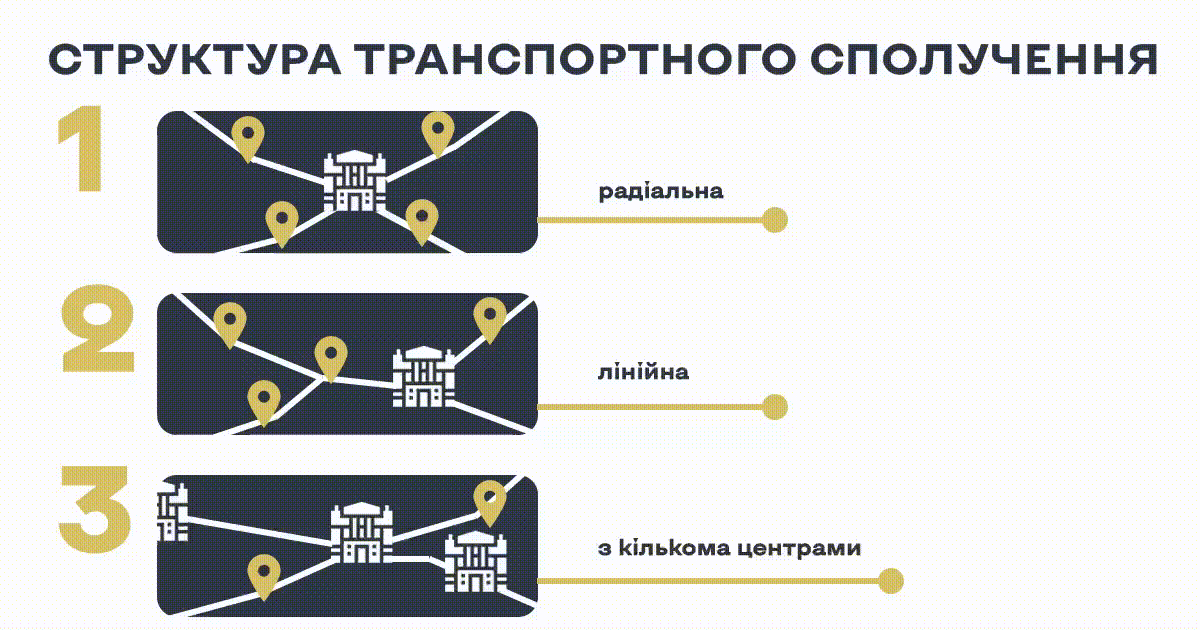
Different types of community planning structure: 1 — radial, 2 — linear, 3 — with several centers / Illustration from the manual "Sustainable Mobility in Communities: Recommendations for Recovery"
With the radial planning structure, the main center of gravity is located relatively equidistant from the population centers and is characterized by gravitation from the periphery to the center of the community.
With a linear planning structure, remote settlements may gravitate toward large employers and nearby community centers.
If there are several well-defined centers of gravity, they create the main planning axis to which other settlements are connected.
There is a need to capture how different groups currently access jobs and services and to understand what mobility challenges each group has and what each group lacks.
This will help to determine where the population needs to be moved and what needs to be done for this.
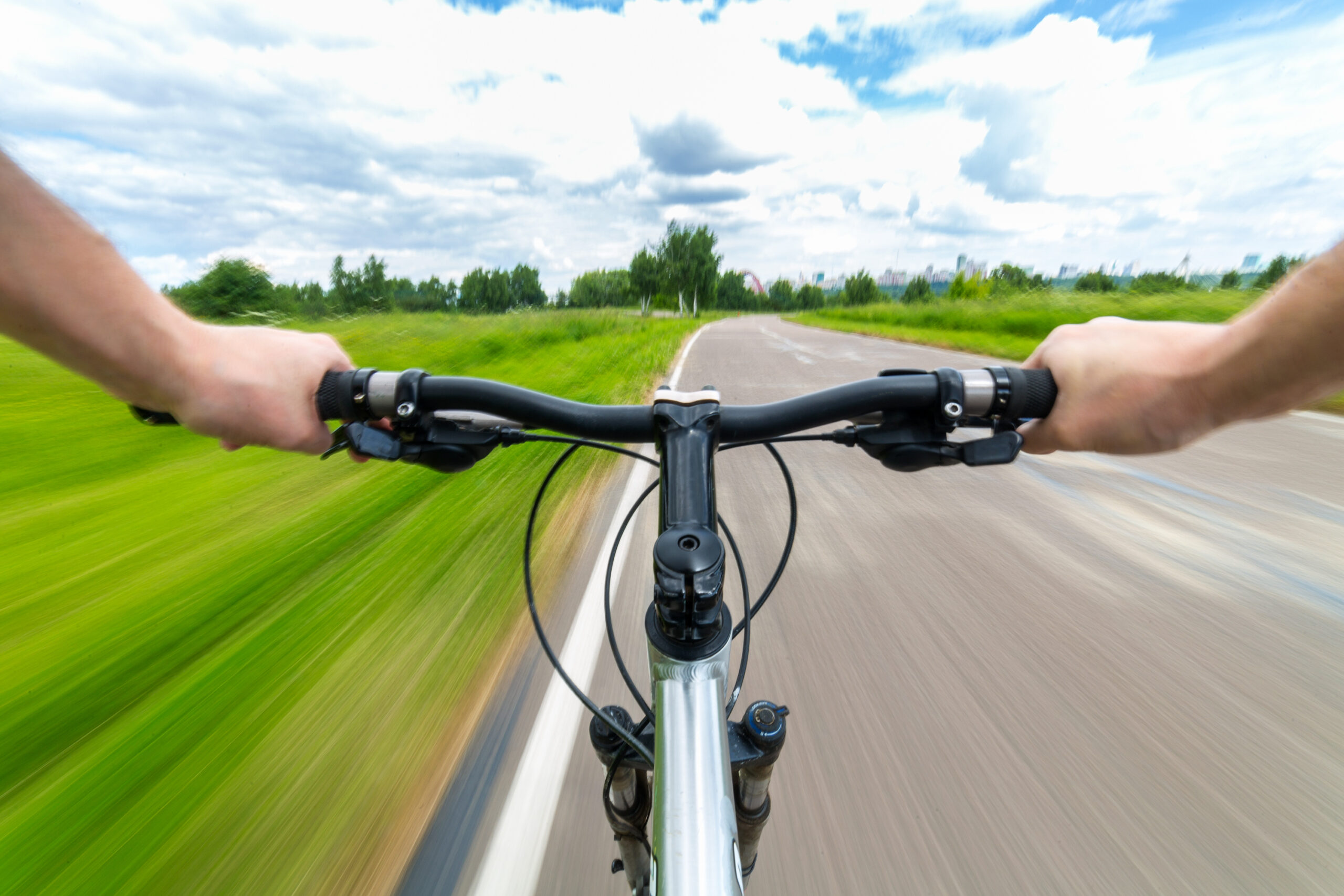
TIP 4. Unleash the potential of habitual forms of movement
Walking is considered the most sustainable way because it is free, the most environmentally friendly, and it is cheaper to equip such an infrastructure than other types. In second place is a bicycle because a bicycle also does not create emissions and is more affordable than a car.
How to make walking more comfortable
- Physically separate pedestrians and cars on main streets
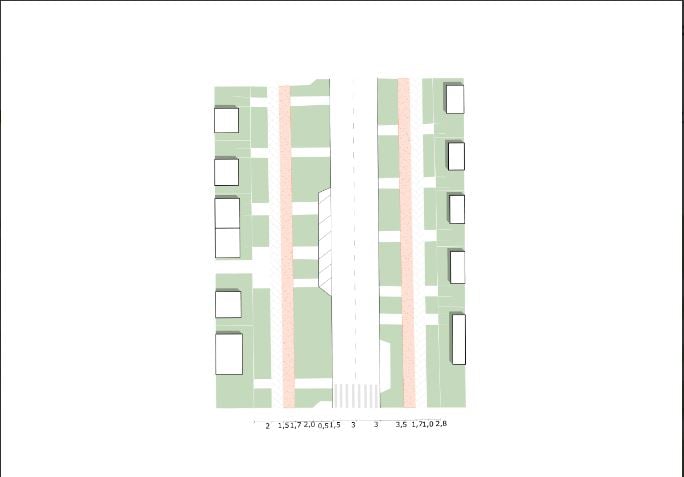
The Matusivska community in the Cherkasy region has developed a plan to improve the safety of the central streets, which is based on changing the profile of the street. The new street profiles have sidewalks, bike lanes/bike paths, car and bus lanes, and parking spaces. Illustration from hromada.canactions.com/matusivska/
- Create pedestrian "corridors" along water and "green" areas
- Create pedestrian zones
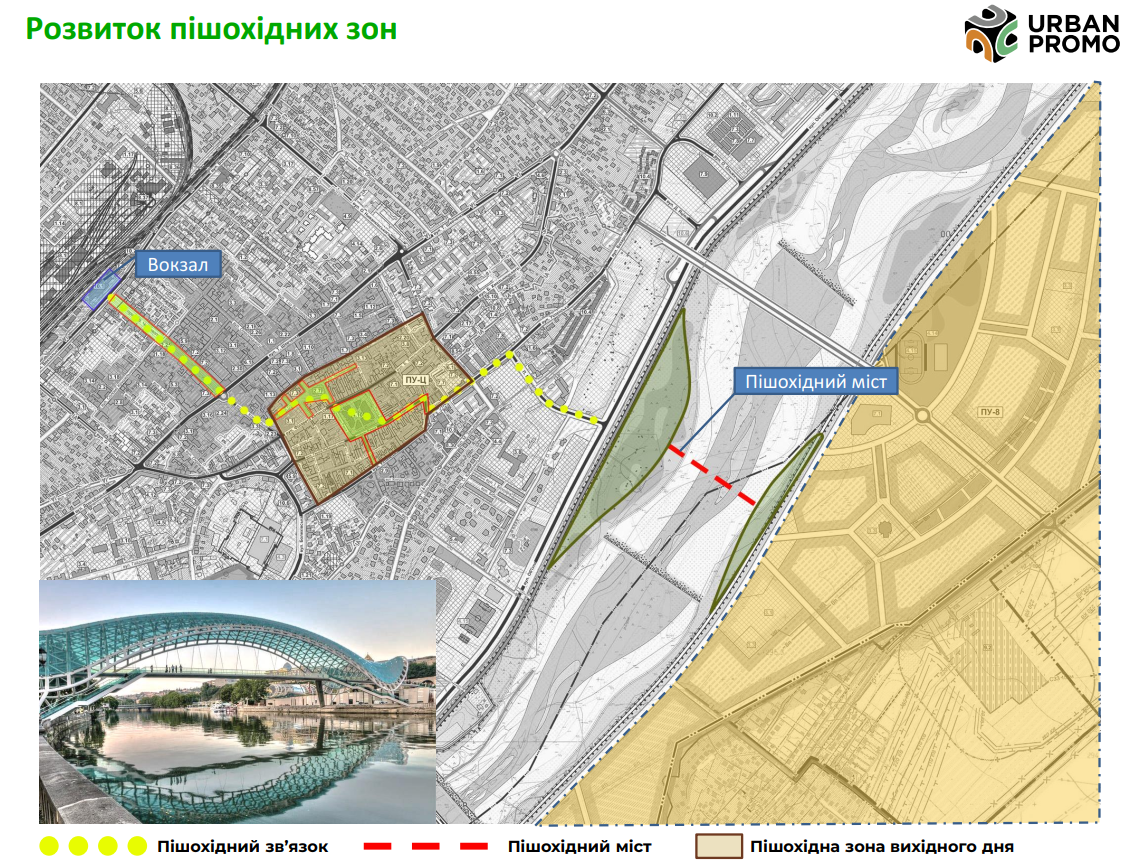
A fragment of the presentation of the new Stryi transport model, which was presented to the public at the end of winter 2023 / Illustration from the lviv.media website
How to stimulate cycling
People are more likely to choose a bicycle as a means of transportation if they have a safe infrastructure and a network of bicycle parking facilities in the community. In addition to improving this infrastructure, it is also worth:
- Providing bicycles to displaced persons
For example, in Kryvyi Rih, the Association of Responsible Citizens, which Rubryka reported about, as of the beginning of summer, has given out to new residents of Kryvyi Rih and communities adjacent to the city already one and a half hundred bicycles, which came from Belgium and the Netherlands. In Bucha, as part of the Brave Bicycles campaign, volunteers gave 100 used bicycles from the Amsterdam City Hall to forcibly displaced persons and those who suffered during the city occupation.
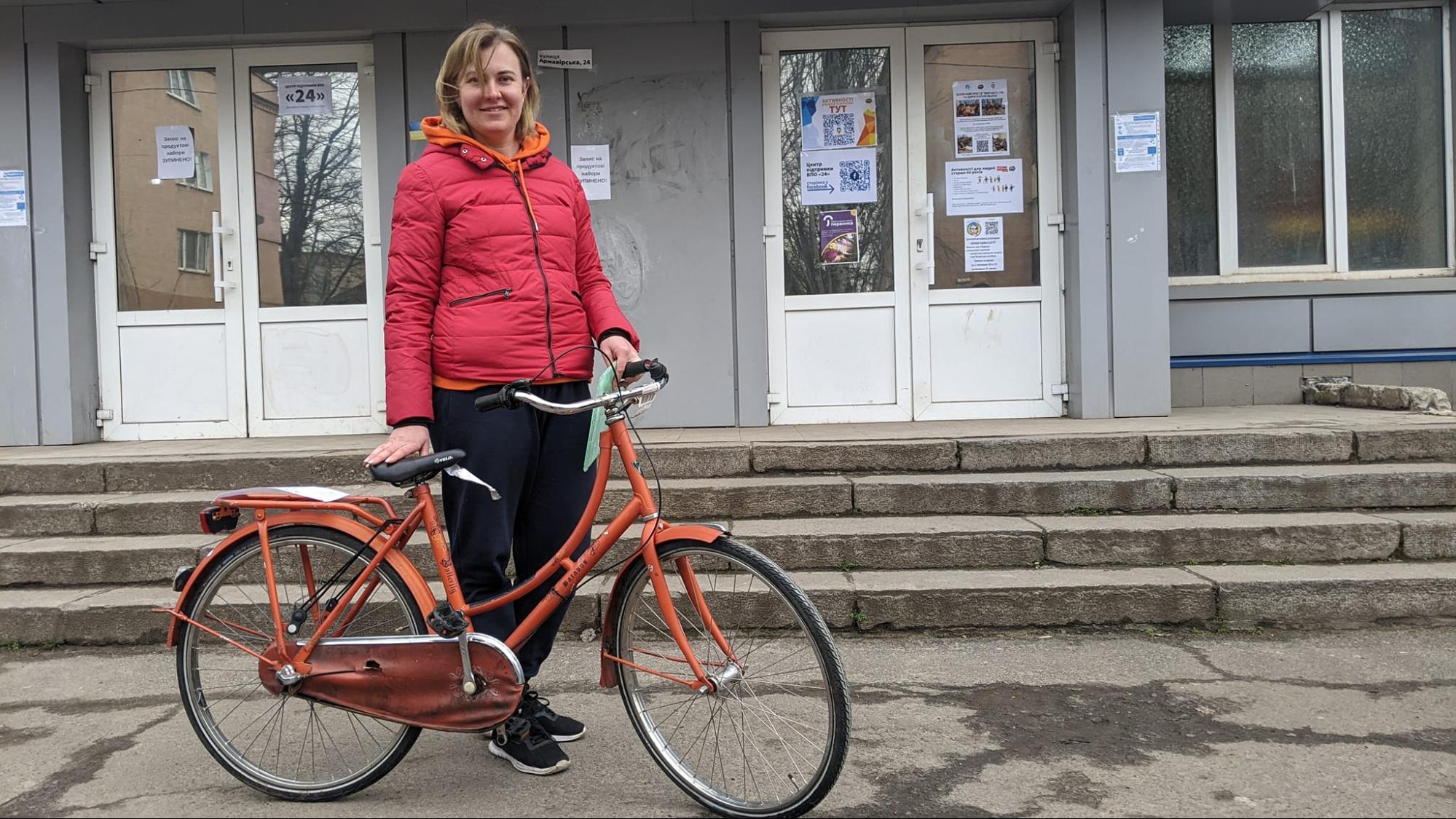
A new resident of Kryvyi Rih received a bicycle from the residents of the European Union this spring / Photo from the Facebook page Association of Responsible Citizens
- Creating a free bike rental for residents
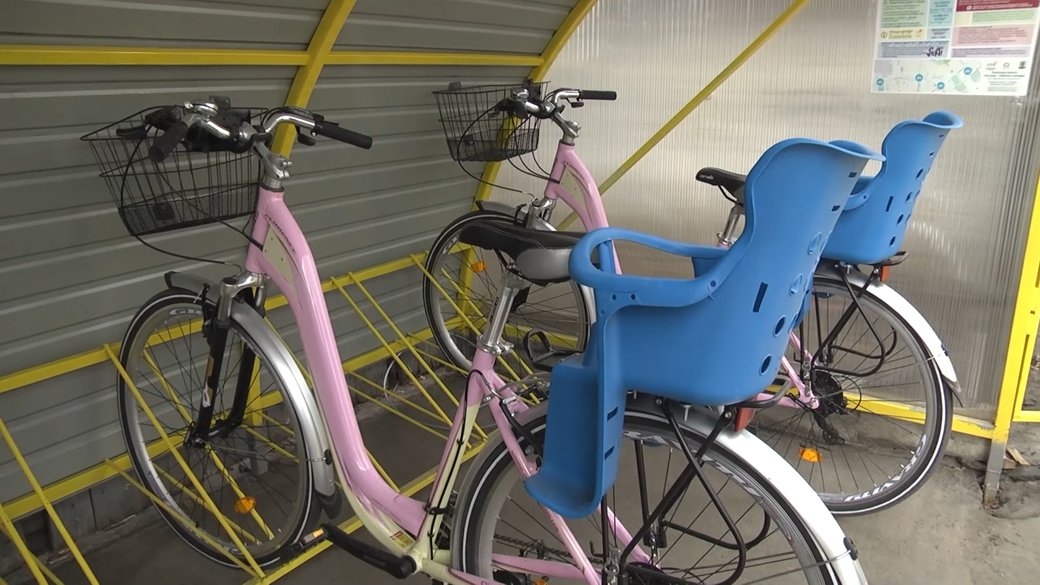
Bicycles are offered for free use in Sosnytsia/ Photo from the website suspilne.media
Such an innovation of 2021 appeared in Sosnytsia, the Chernihiv region. Residents could rent one of 25 bicycles equipped with child seats at four parking lots. Unfortunately, with the start of a full-scale war, incidents of transport breakdowns became more frequent, and the bicycle rental was closed in June 2023. It was restored within a month, but under new conditions: only one parking lot remained out of four, and you can use the vehicle only if you have an identity document.
- Consider that electric scooters and other means of micromobility are gaining popularity.
TIP 5. Tip 5: Provide and improve bus services
There may not be many flights, but it is critical that they are there and that the residents are confident that the bus will arrive on schedule. All those who do not have access to a car and need to travel more than 10 km depend on bus traffic. Unfortunately, nowadays, in Ukraine, many villages remain without bus service, which is one of the factors in the decline of these settlements. The bus is a boon, without which many community residents would be trapped in their own homes.
So, what should community management teams do?
- Look for opportunities to replace destroyed rolling stock with the help of partners
For example, in February, the Kyiv City Community handed over three buses for communal transportation to Kherson. As of the end of April 2023 in Kherson, the Russians stole 37 units of public transport, another 21 were damaged as a result of shelling. Last year, Kyiv handed over 30 buses to Dnipro instead of those destroyed by the Russians.

Minibuses that Kyiv gave to Kherson / Photo of the Kherson City Council
- Arrange traffic schedules at stops for the convenience of IDPs
- Cooperate with your neighbors
For example, the management teams of the Glukhovetska and Brodetska communities in the Vinnytsia region developed a project of inter-municipal cooperation on the joint use of communal transport to connect the communities' villages.

Community teams against the background of the purchased bus / Photo from the decentralization.gov.ua website
- Make minor route extensions to include villages
- Look for mutually beneficial partnerships with carriers
- Synchronize buses with railways
This can be done by adjusting the schedules of bus routes or creating interception bicycle parking lots at railway stations.
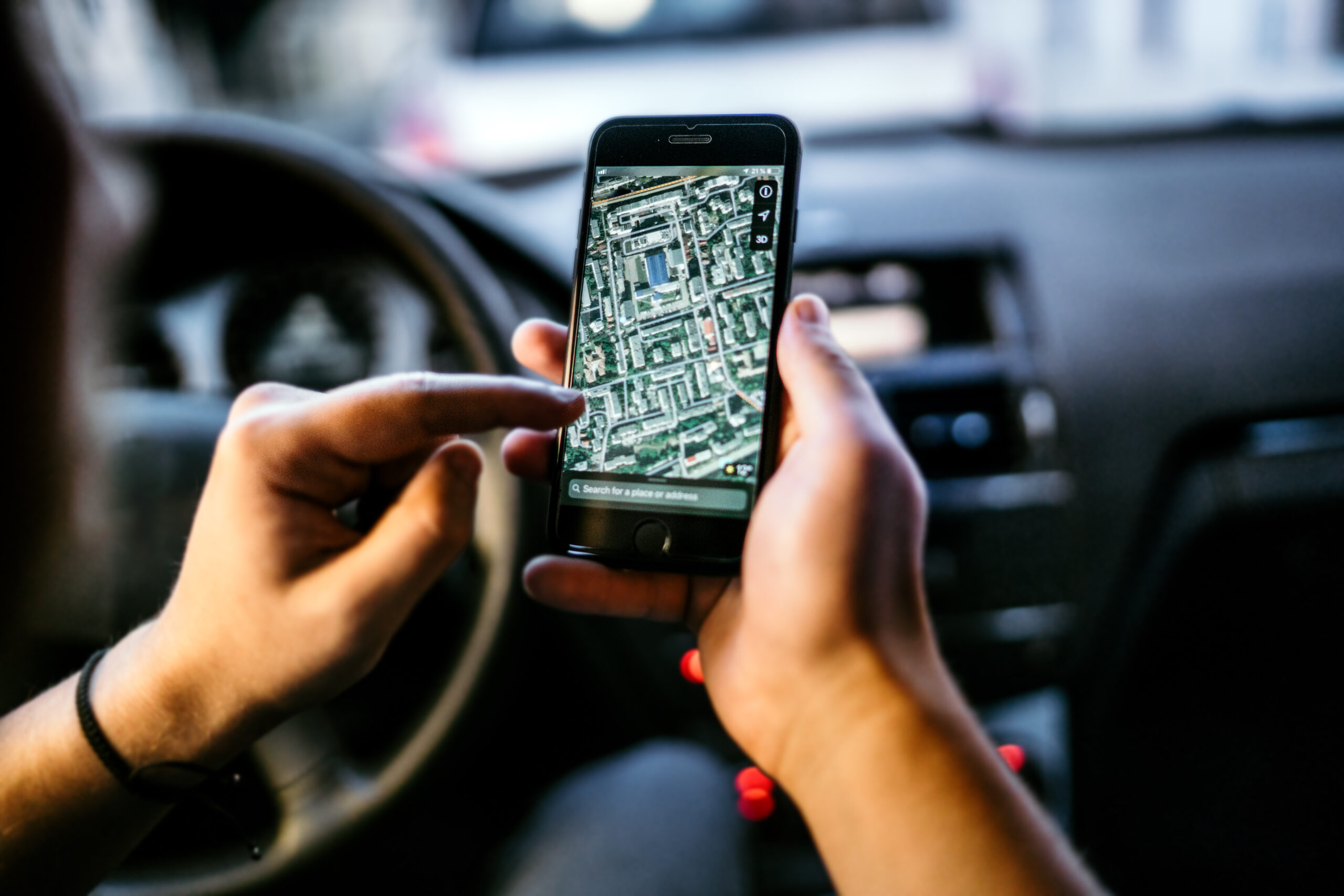
TIP 6. Promote shared car trips
Local self-government should encourage car owners to pick up people on the territory of communities and create systems within which people will agree on joint trips to work or study.
This role is often played by local groups or chats in social networks, where people organize themselves to solve the issue of commuting to and from work.
A European example worth picking up: in more than half of French municipalities, the system of modern hitchhiking Rezo Pouce operates. The system assumes that passengers registered are waiting in designated places. Drivers know that the passenger's data is in the database and are not afraid to pick them up.
How to improve traffic safety
TIP 7. Use traffic calming agents
Collect statistics on traffic accidents that occur in the community.
Map the places where serious or fatal traffic accidents occurred in your community during the past three years. Those areas with more than two points within 500 meters require engineering interventions.
Traffic calming devices are engineering solutions that allow you to keep drivers within a specific speed corridor, for example, up to 50 km/h. Exceeding this speed will be inconvenient for drivers and will require excessive attention when driving.
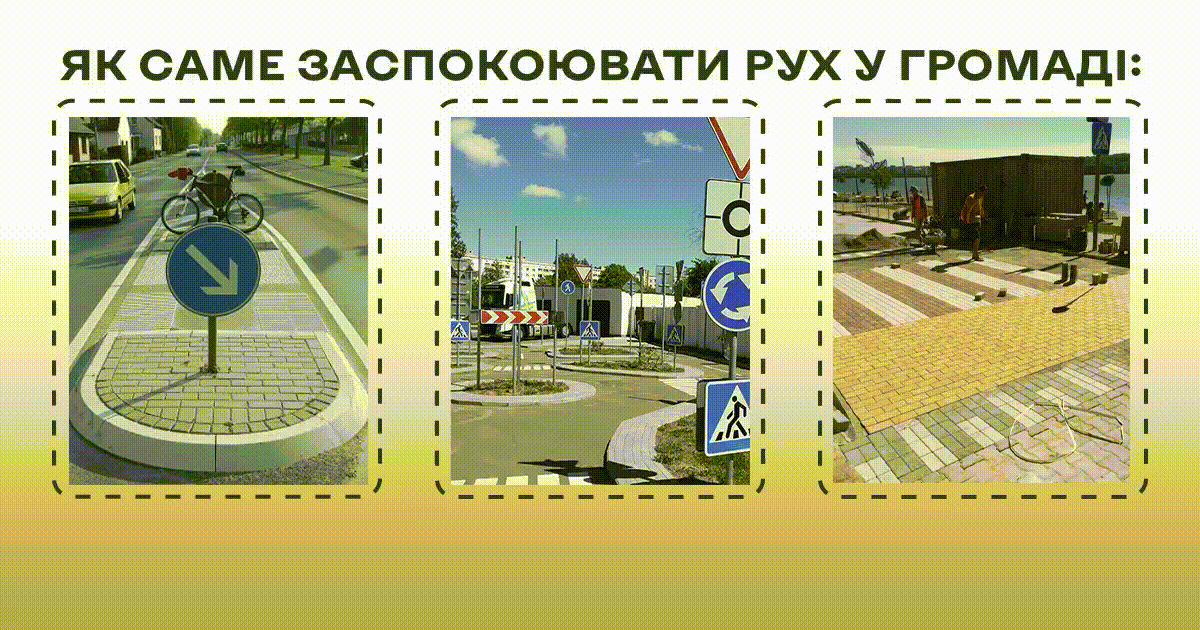
How exactly to calm traffic in the community
- Build safety islands at crossings
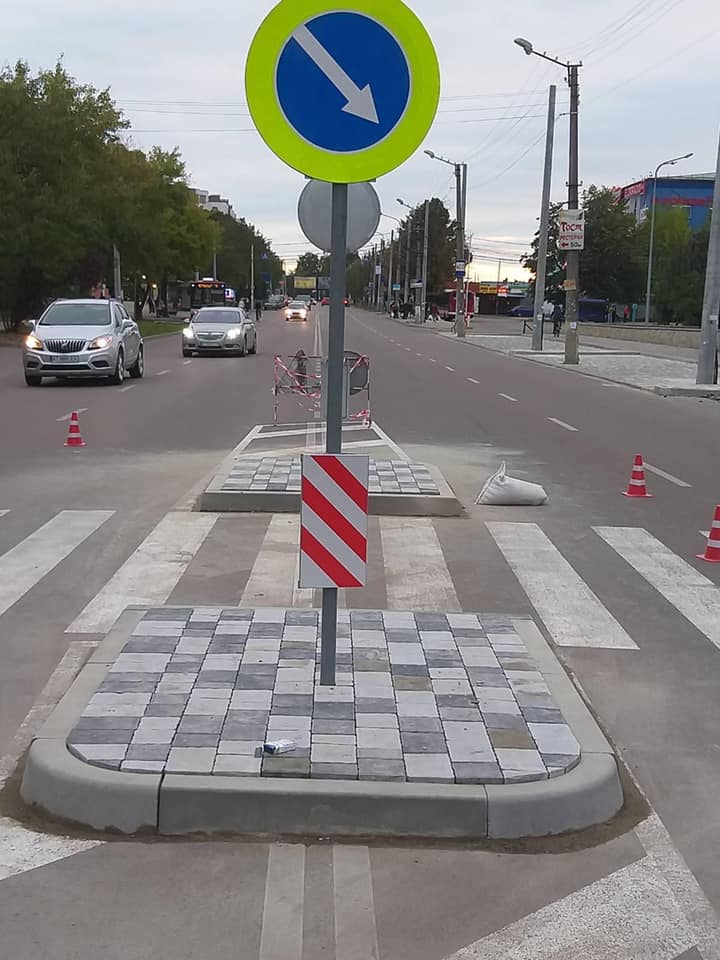
Safety island at the pedestrian crossing in Ivano-Frankivsk / Photo from the website https://gk-press.if.ua/
- Create mini-rings at dangerous, unregulated intersections
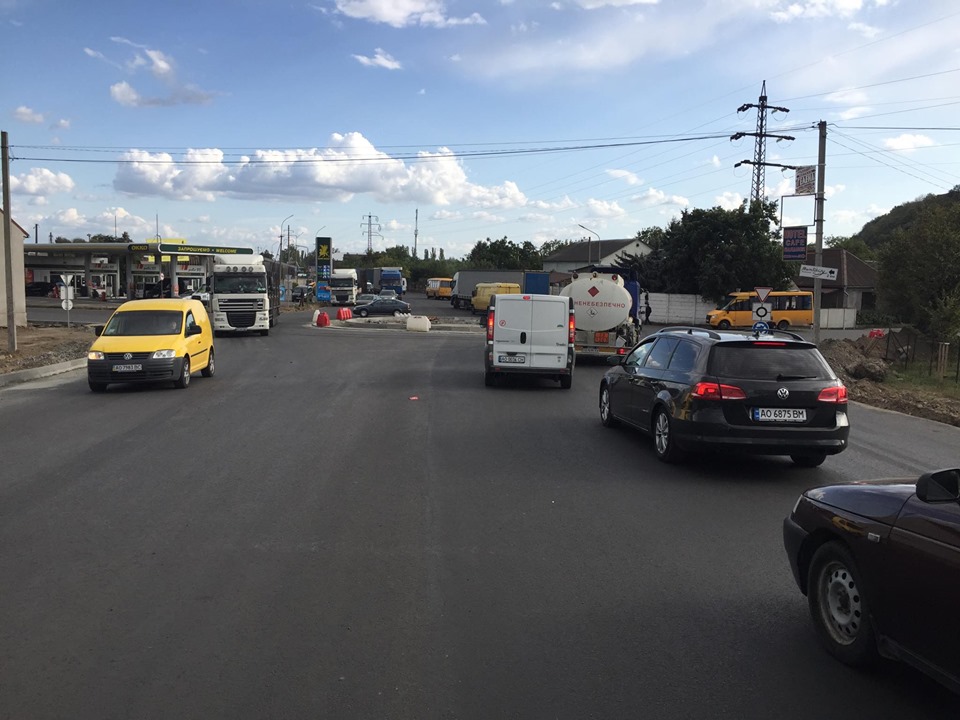
The roundabout in Mukachevo, completed in 2019 / Photo from the website https://pershij.com.ua/
- Arrange elevated crossings near schools
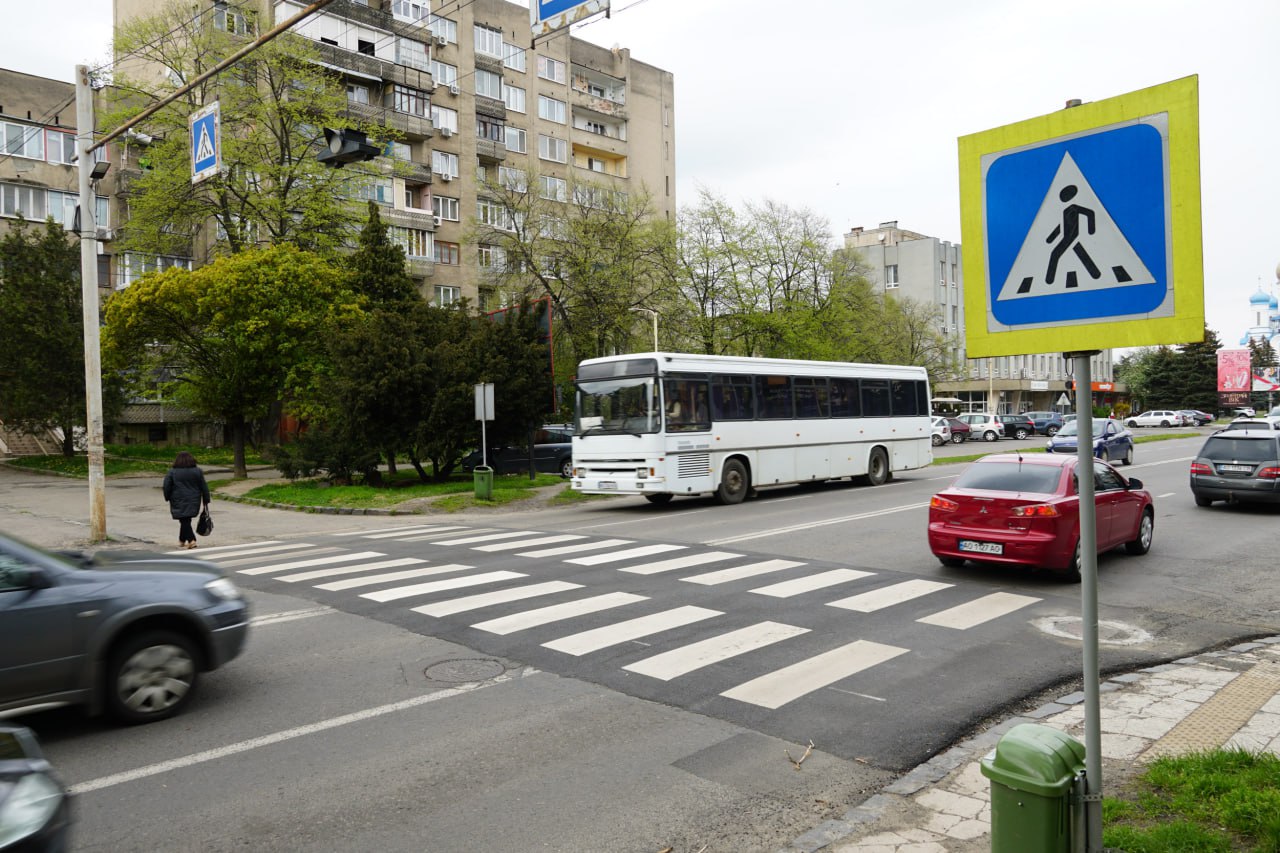
Five new elevated pedestrian crossings were installed this spring in Uzhgorod / Photo from the Telegram channel of the Uzhgorod City Council
- Avoid installing plastic figures on the road: there is no scientific proof of their effectiveness.
In addition, if large highways pass through settlements or powerful enterprises operate on your territory, it is worth creating a scheme for the movement of freight transport for the community.
TIP 8. Be prepared for emergencies
Be prepared for long blackouts and a repeat of the fuel crisis. Make it possible for critical infrastructure and social workers to move regardless of the availability or lack of fuel.
Be prepared for emergency evacuation in case of offensive/military aggression: for this, you can use municipal public transport. It is also necessary to instruct the population on evacuating on bicycles to the nearest bus/railway station.
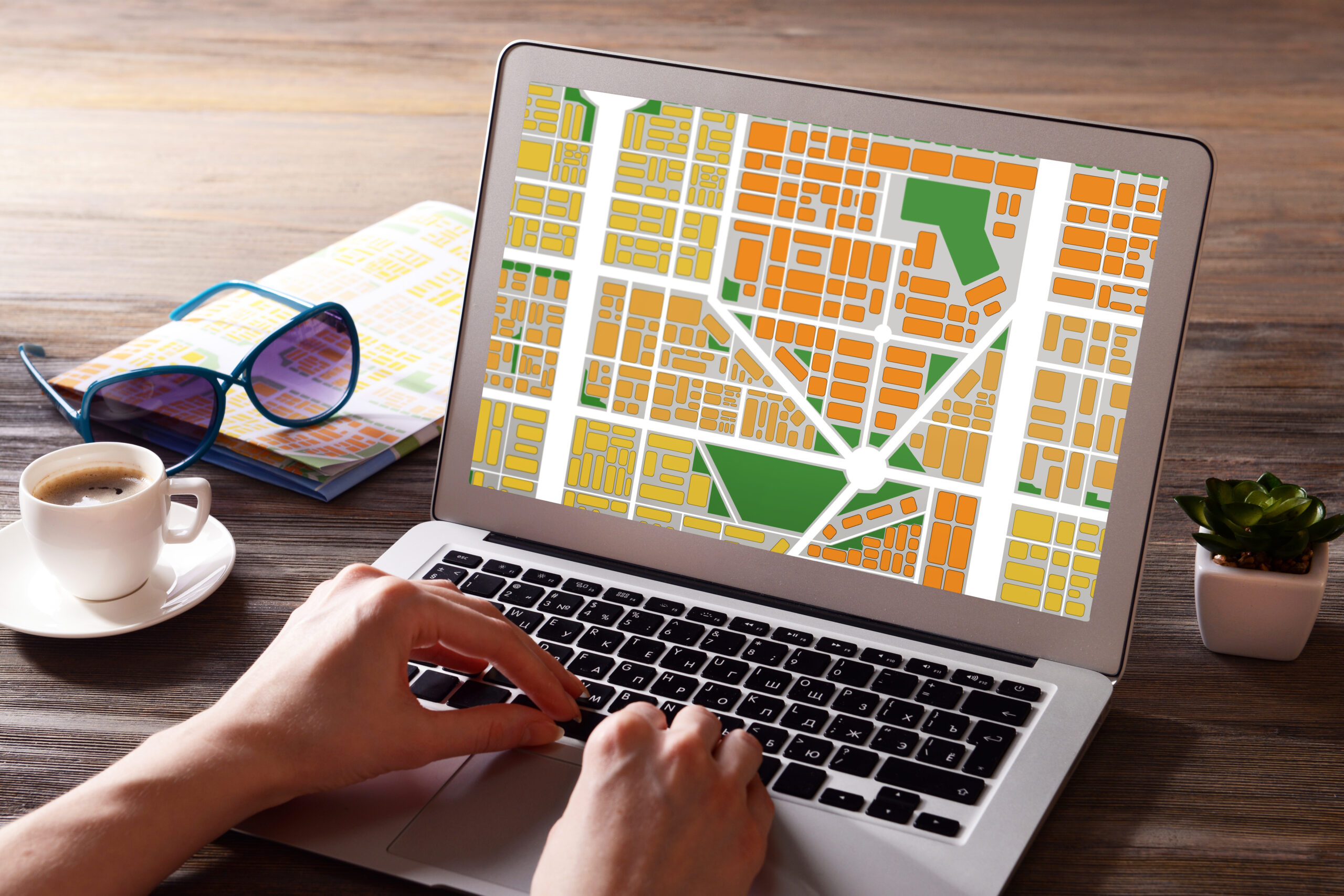
TIP 9. You need a plan
A recovery plan should provide
1) analysis of the current situation,
2) a specific sequence of steps to improve mobility.
Be sure to include your community mobility restoration projects in the Comprehensive Community Renewal Program or Community Renewal Plan.
The developed projects must be coordinated with your planning and strategic documentation, for example, the community development strategy.
Having such a document, the community leadership can reasonably apply to potential donors and officials of various levels for funding.
How to find funds for infrastructure projects
TIP 10. Use multiple fundraising tools
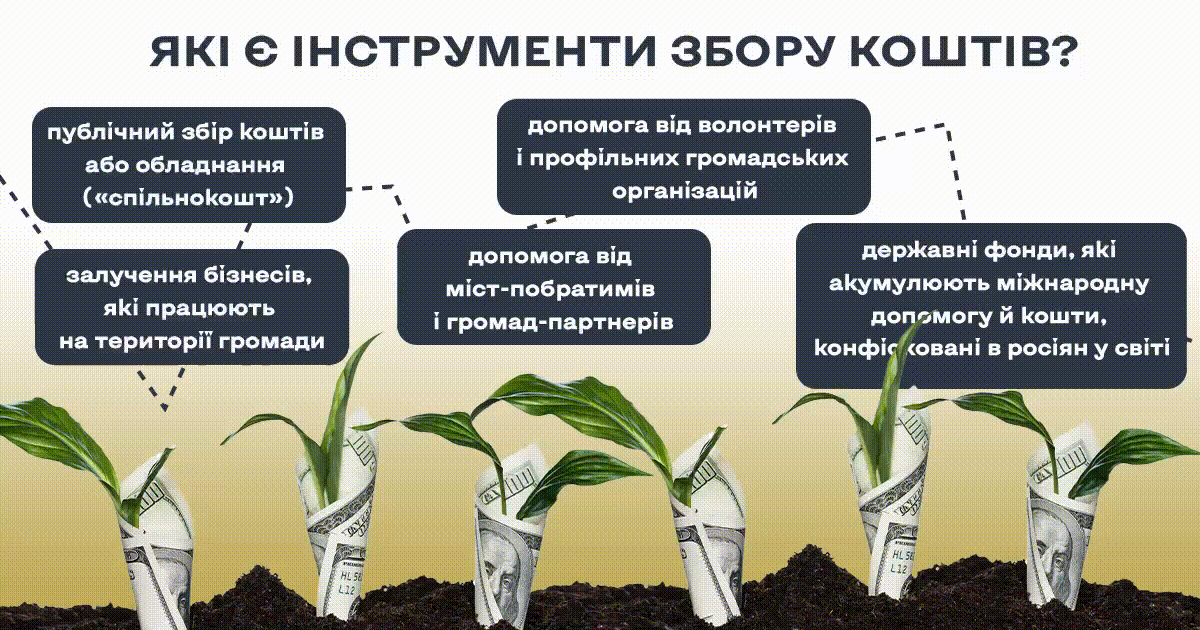
- Public collection of funds or equipment ("common fund"),
- Involvement of businesses operating in the territory of the community,
- Assistance from sister cities and partner communities,
- Help from volunteers and specialized non-governmental organizations,
- State funds that accumulate international aid and funds confiscated from Russians worldwide,
- International donors.
If necessary, the regional office of the U-LEAD with Europe Program in your region can help you establish partnerships with communities from abroad.
Prepared by Olha Stukalo, based on the manual "Sustainable Mobility in Communities: Recommendations for Recovery"
This article was published as part of the Voice of Communities campaign, which is part of the Program for Ukraine on local empowerment, accountability, and development U-LEAD with Europe, jointly funded by the EU and its member states Germany, Poland, Sweden, Denmark, Estonia, and Slovenia to support Ukraine on its way to strengthening local self-government. U-LEAD promotes transparent, accountable, and multi-level governance in Ukraine that responds to the needs of citizens and empowers communities.
Newsletter
Digest of the most interesting news: just about the main thing


